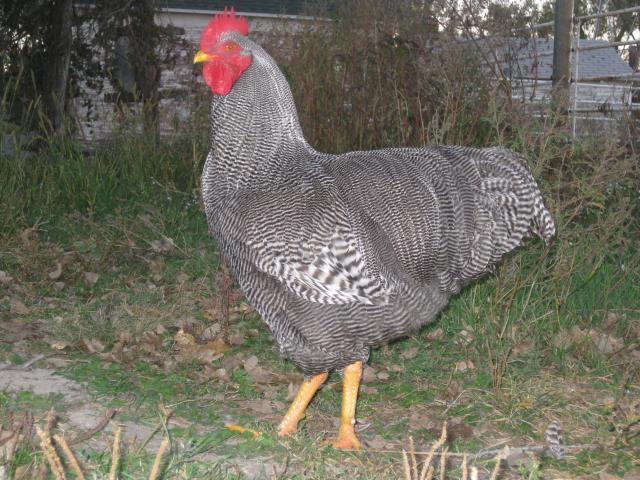Thank you sooo much for the info Bob. I will let you know how things are coming along. It is all great information and I'm sure everyone will love it! By the way, I love this thread!
Oh, Bob, forgot to ask you..... Did you ever find out about that Ralph Sturgeon book? Is it possible to get it reprinted or copied, or a copy put in pdf on the net for people to resource? I have been looking and can't find one.
~ Tacey
Oh, Bob, forgot to ask you..... Did you ever find out about that Ralph Sturgeon book? Is it possible to get it reprinted or copied, or a copy put in pdf on the net for people to resource? I have been looking and can't find one.
~ Tacey






